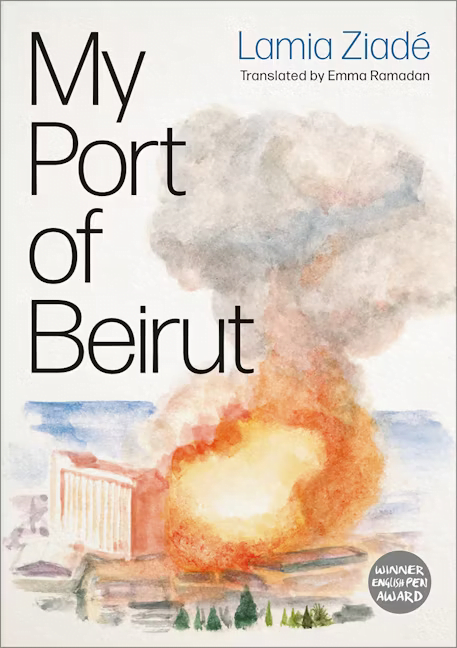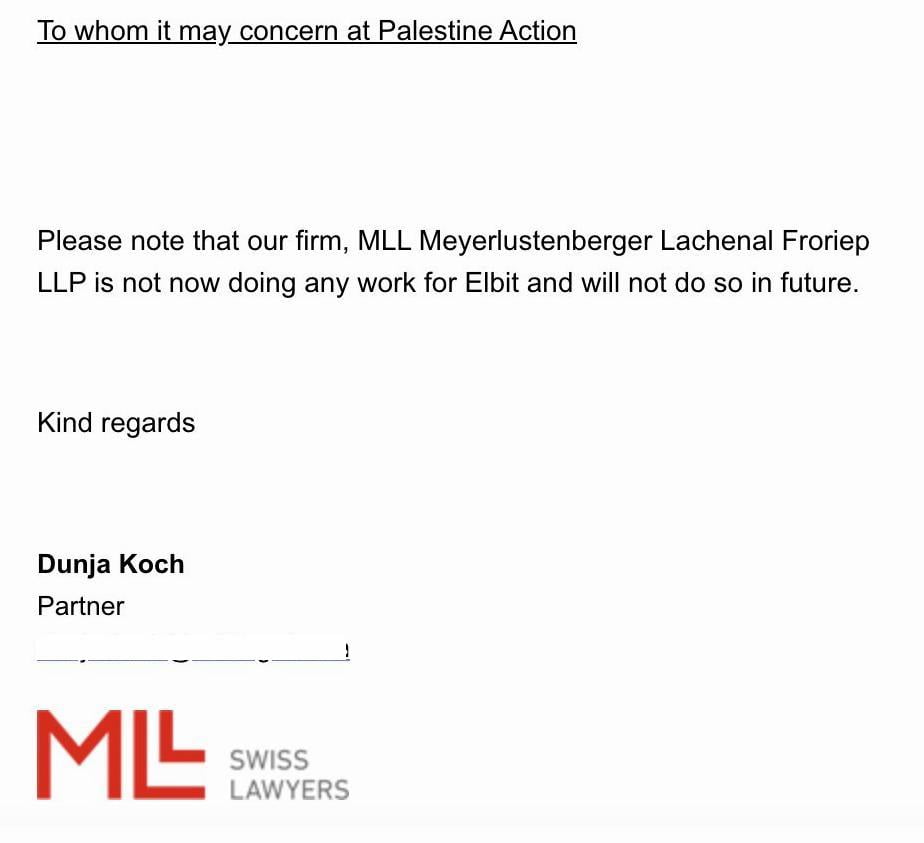With critical support, we went to the COP21 counter summit and found State repression, coercive pacifists and a lack of revolt.
State of Repression
The build-up to the COP21 set the tone for the entirety of the counter-summit. Although the recent mobilisations against global summits have been met with ever increasing repression, the increased powers provided by the state of emergency allowed the French State to exercise its full control over the COP21. Indeed, the aftermath of the Paris attacks created a window of opportunity for the ruling class to criminalize all expressions of revolt through an array of anti-association and protests laws.
Demonstrations in Paris in the run-up to COP21 were met with an army of riot cops and plain-clothes snatch squads all too happy to deploy tear gas and pepper spray. 20 November and 29 November accounted for close to 400 arrests and 24 subsequent house arrests. These incarcerations had the effect of paralyzing whole networks of local activists and fragmenting the organising of anti-COP21.
In the first three days following the Paris attacks, the authorities lead a campaign of targeted raids that resulted in over 400 houses, squats and commercial buildings being raided. Every squat and convergence centre we went to had been raided and put under 24h armed surveillance. These expressions of State violence created an atmosphere of fear and hopelessness among dissenters.
Squats or State Run Hostels?
Our first few days in Paris were spent going from convergence centre to convergence centre and we quickly became aware that the catering was the height of our organisational powers. Most people were running about to try and find when and where actions would be happening to no avail. Disinformation was a constant problem and prevented many activists getting involved in actions.
In planning meetings and legal briefings organisers drummed into us the fear of arrest and police brutality. They regularly stressed the importance of rejecting any tactics that diverge from the reformist non-violent playbook. We heard of comrades accounts of entering accommodation spaces and being forces to show ID and consent to photos to be able to stay. It started to dawn on many of us that we were effectively doing the pigs’ job ourselves.
After the first couple of nights a group of French squatters cracked a building which was going to serve as the main focal point for the counter-summit.

The newfound confidence and cooperation brought about by the creation of an autonomous space was unfortunately short-lived. Only 8 hours in our liberated space and the street was already crawling with undercover cops and talk of police pointing a shotgun at squatters on the roof was spreading through the building. Quickly negotiations with authorities and general assemblies followed to determine our strategy.
In these assemblies, the vast majority of people were all too happy to sacrifice our autonomy and our security. Any mention of eviction resistance was drowned out by fear and rejection of more confrontational tactics. Those in the building with experience of resisting were silenced or their opinions glossed over.
A couple of hours later we were being escorted out and ID checked by riot cops with only a rendition of “don’t worry be happy” in retaliation.
The Peace Police Ascendant
The main organisational trends of internal policing, top-down decision-making , rejection of diversity of tactics and coordination with police were prevalent through the whole COP and culminated with the D12 demonstrations. In the run-up to D12, organisers cooperated heavily with police to the point where ATTAC and Solidaire informed the authorities of the plans of anarcho-syndicalist unions such as CNT to hold an autonomous demo against the state of emergency.
 The internal “peace police” attempted to stamp out all radical militancy by spreading the word that protesters should facilitate the arrest of individuals or black bloc members diverging from the tactical straight-jacket of reformism. In some meetings and convergence centres/squats black bloc were at best agent provocateurs and at worst terrorists.
The internal “peace police” attempted to stamp out all radical militancy by spreading the word that protesters should facilitate the arrest of individuals or black bloc members diverging from the tactical straight-jacket of reformism. In some meetings and convergence centres/squats black bloc were at best agent provocateurs and at worst terrorists.
All decisions right down to the location of the demo were taken behind closed doors and determined by the disorganized hierarchical structures in control of decision making.
On the day, this demonstration was no more than an A to B parade in a total-policed environment which resulted in the domestication of 10 000 protesters. Even acts of peaceful civil disobedience such as a symbolic sit-down on a bridge were impeded and ultimately derailed by the organisers. Their only priorities were to neutralise any spontaneous actions and shepherd people towards the end rally point which required ID checks and searches upon arrival.
Later that day we attended a decentralized autonomous demonstration which briefly lifted our spirits. A group of approximately 200-300 dissenters mobilised at Belleville many of them wearing masks and/or in full black block. Chants of insurrection and revolution echoed through the streets as we marched. An individual tears down a French flag, slogans are spray-painted on buildings and bins are used for improvised barricades.
For the first time of the week we experience a certain degree of autonomy and revolutionary spontaneity that comes with it. After fifteen minutes of cat-and-mouse with increasing numbers of riot police, the block ends up being kettled. Surrounded by pigs armed to the teeth, our defiance and revolt remained strong. Surprisingly, the authorities decided to let everybody go after a brief negotiation with the protesters. No arrests or ID checks. Although the State came out on top, the level of repression and violence was nothing compared to what we’d been told would happen if we took autonomous direct action.
Where next?
Even in the heyday of the global summits in the late 90s and early 2000s, our mobilisations were met with extensive repression and provided little tangible gains for the global anti-capitalist movement. These trends have been confirmed yet again by COP21. The recurrent use of international call-outs for global summits have allowed the police to fine tune their tactics to the point where meaningful action becomes an impossibility. Indeed, our engagement with their spectacle allows the State to deploy its full monopoly over violence to gather vital intelligence and criminalize whole elements of the transnational network of dissenters.

Ultimately the spectacle of negotiations is irrelevant in comparison to the omnipresent and continuous destruction of nature. The frontline of the struggle lies not outside conference centres defended by the full force of the State but where the environment is being destroyed. The true destructive and coercive power of this system is to be found in the infrastructure that surrounds us. It is also to be found in all the hierarchal relations that pervade our collective existence and relation to nature. To fight effectively for nature is to organize coordinated decentralised and autonomous attacks against capitalist machinery.
The emergency of climate change must be met with a parallel emergency of permanent revolt. Our immediate priority should be to consolidate and reinforce the autonomous spaces of struggle such as the ZAD or Hambacher forest. Through these spaces we can disrupt, sabotage and cause widespread economic damages to the perpetrators of ecocide. Our autonomy must be defended at all cost and expanded by all means necessary if we are to save nature and ourselves.








